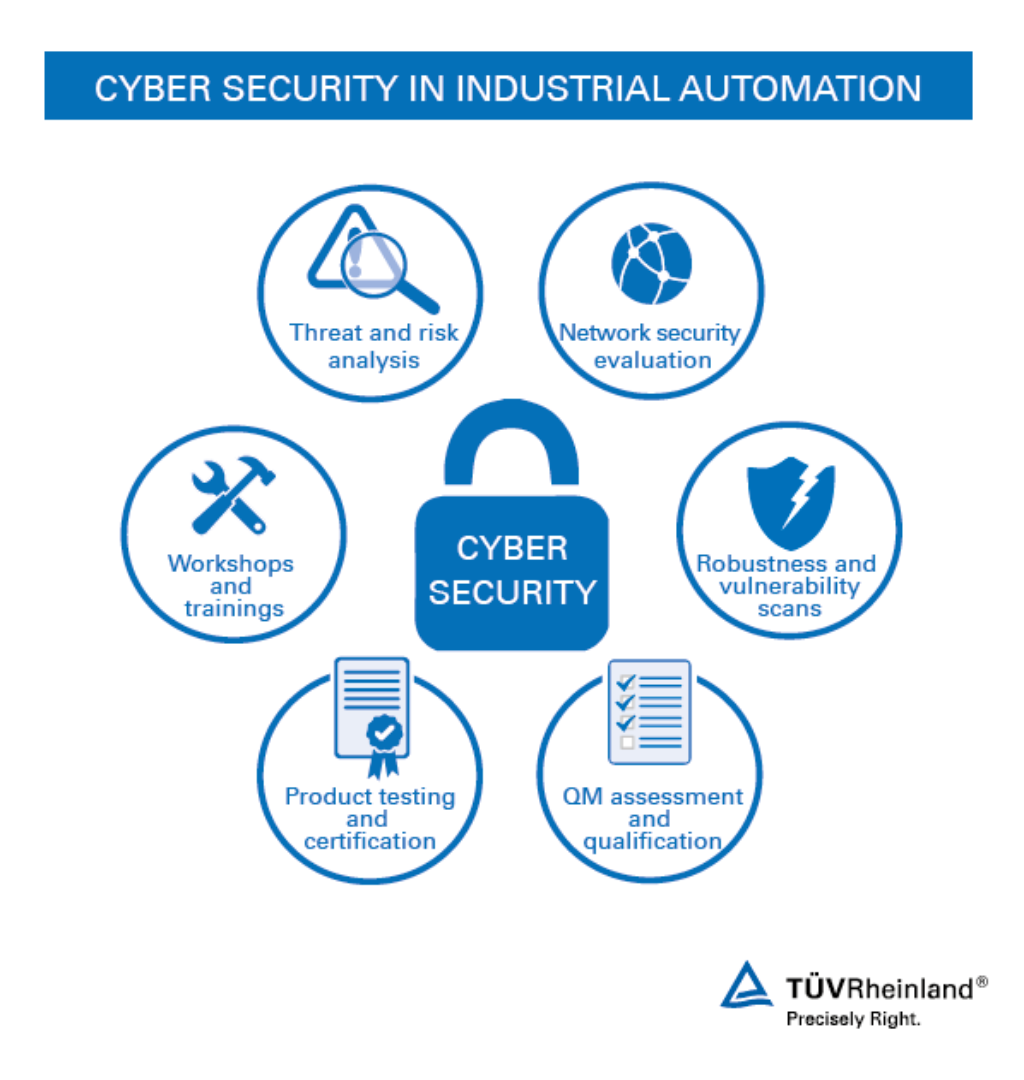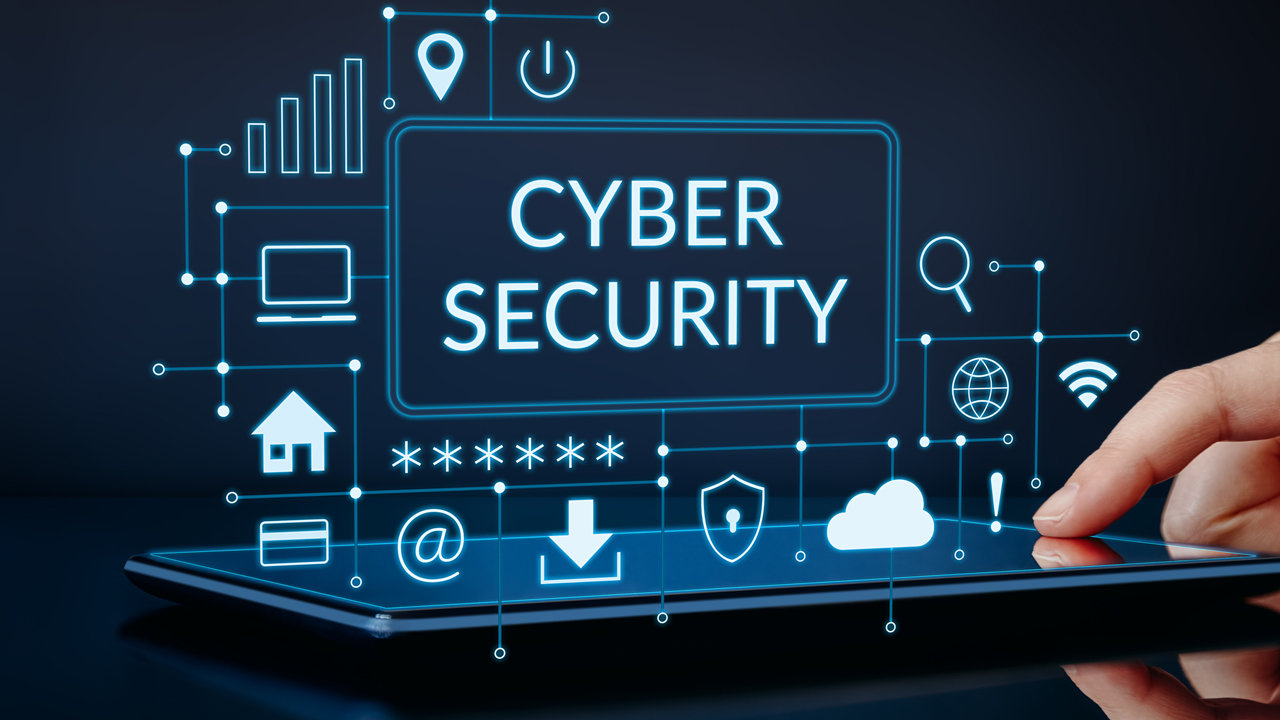Discovering Exactly How Cyber Safety Functions to Protect Your Online Existence
In today's digital landscape, shielding one's online visibility has become progressively crucial, with cyber hazards advancing at a disconcerting pace. Cyber security uses a diverse method, integrating sophisticated innovations like firewall softwares, security, and multi-factor authentication to protect sensitive information. Nevertheless, the complexity of these systems questions concerning their effectiveness and implementation. How do these technologies collaborate to produce a smooth shield against cyber risks? And what role does behavior analytics play in this intricate web of safety measures? These are important questions that warrant further expedition in our quest for electronic safety and security.
Recognizing Cyber Threats
In the electronic landscape, cyber dangers represent a powerful obstacle, calling for a nuanced understanding of their nature and possible effect. These threats include a large range of malicious tasks orchestrated by people, teams, or perhaps nation-states, targeting delicate data, disrupting procedures, or creating reputational damages. Understanding cyber dangers starts with recognizing the numerous forms they take, consisting of malware, phishing, ransomware, and dispersed denial-of-service (DDoS) assaults.
Malware, or malicious software program, consists of viruses, worms, and trojans that infiltrate systems to steal information or trigger injury. Ransomware secures targets' information, requiring a ransom for its launch, positioning considerable functional and economic dangers.
Identifying the inspirations behind these hazards is vital. By comprehensively understanding the diverse nature of cyber threats, companies can much better expect potential susceptabilities and tactically allot resources to strengthen their defenses against these ever-evolving risks.
Key Cyber Safety Technologies
As organizations strive to secure their digital assets, essential cybersecurity technologies play an essential duty in fortifying defenses against cyber risks. These innovations encompass a broad spectrum of tools and methods made to shield information honesty, confidentiality, and schedule. In today's digital landscape, invasion detection systems (IDS) and invasion prevention systems (IPS) are essential. IDS monitor network web traffic for suspicious tasks, while IPS actively block potential hazards, guaranteeing real-time security.
In addition, antivirus and anti-malware remedies continue to be basic in identifying and minimizing harmful software application. They employ heuristic and signature-based techniques to identify unknown and well-known threats. Endpoint detection and reaction (EDR) systems further enhance safety and security by giving detailed visibility into endpoint activities, enabling swift occurrence reaction.
Identification and access management (IAM) innovations make certain that just licensed individuals acquire access to critical resources, thereby lowering the threat of unapproved data access. Multifactor authentication (MFA) includes an extra layer of safety and security, needing individuals to provide several verification variables.
In addition, safety and security info and occasion administration (SIEM) systems accumulation and examine safety and security data, providing understandings right into possible vulnerabilities and facilitating proactive danger monitoring. These modern technologies jointly develop a robust structure, equipping organizations to keep a resistant cybersecurity stance.
Role of Firewalls and Encryption
Firewalls and encryption are integral elements of a robust cybersecurity technique, each serving a distinct yet corresponding role in securing digital atmospheres. Firewall softwares act as obstacles between trusted internal networks and untrusted outside entities. By regulating outward bound and inbound network traffic, they stop unapproved accessibility to information and systems. Firewall softwares make use of predefined safety and security rules to block or allow data packages, efficiently protecting delicate details from cyber dangers. They are the first line of protection, filtering system website traffic and making certain just genuine interactions are enabled.
Encryption, on the other hand, transforms understandable information into an inscribed style that can just be figured out with a specific cryptographic trick. Encryption is essential for securing delicate info such as monetary information, personal recognition details, and proprietary organization information.
With each other, firewall programs and encryption offer an extensive defense mechanism. While firewalls take care of gain access to and shield networks from unauthorized entrance, file encryption safeguards information honesty and privacy. Their combined application is necessary in mitigating threats and making certain the security of digital assets in a significantly interconnected globe.

Value of Multi-Factor Verification
While firewall softwares and file encryption create the backbone of cybersecurity, boosting defenses further needs the application of multi-factor verification (MFA) MFA adds an additional layer of protection by needing individuals to confirm their identification via two or more various aspects before accessing to delicate information or systems. These elements typically consist of something the user recognizes (a password), something the individual has (a safety and security token or mobile phone), and something the user is (biometric verification such as a fingerprint or face recognition)
The value of MFA in guarding online existence is vital in today's digital landscape. With cyber dangers ending up being increasingly advanced, counting only on traditional password-based verification leaves systems susceptible to violations.

Behavioral Analytics in Cyber Protection
Behavioral analytics represents an essential innovation in cybersecurity, supplying an advanced method to hazard detection and avoidance. By examining patterns in customer behavior, this method determines anomalies that might indicate possible cyber risks. Unlike standard protection actions, which often count on predefined policies and trademarks, behavior analytics leverages artificial intelligence and statistical models to develop a standard of regular task. When discrepancies from this standard happen, it causes signals for additional investigation, making it possible for much faster reaction times to possible breaches.
This innovation is specifically reliable in identifying expert risks and zero-day strikes, which are often missed out on by conventional safety and security read review systems. Expert hazards, where people within an organization abuse access privileges, can be tough and especially harmful to identify. Best Cyber Security Services in Dubai. visite site Behavior analytics gives a layer of analysis that can capture refined deviations in habits, such as unusual access patterns or information transfers, before they rise into considerable safety incidents
Additionally, the dynamic nature of behavioral analytics allows it to adapt to progressing threats, giving continuous protection as cyberattack approaches change. As companies progressively rely on digital facilities, including behavior analytics right into cybersecurity methods ensures a resilient defense, protecting sensitive data and preserving trust fund in electronic communications.
Final Thought
To conclude, the complex strategy of cyber safety, encompassing technologies such as firewall programs, file encryption, multi-factor authentication, and behavioral analytics, plays an essential role in securing on the internet existence. By filtering system traffic, protecting data transmission, calling for numerous confirmation methods, and keeping an eye on individual task for anomalies, these innovations collectively address the complexities of contemporary cyber threats. This layered defense not only safeguards individual and economic information but also ensures continual defense in an ever-evolving electronic landscape.

As companies aim to secure their digital assets, key cybersecurity modern technologies play an essential role in strengthening defenses against cyber hazards. Firewalls make use of predefined security regulations to obstruct or permit data packets, properly securing sensitive details from cyber anchor hazards.This technology is especially efficient in finding expert hazards and zero-day attacks, which are frequently missed out on by conventional protection systems. By filtering website traffic, protecting data transmission, needing numerous confirmation methods, and monitoring customer activity for anomalies, these modern technologies collectively deal with the intricacies of modern-day cyber hazards.